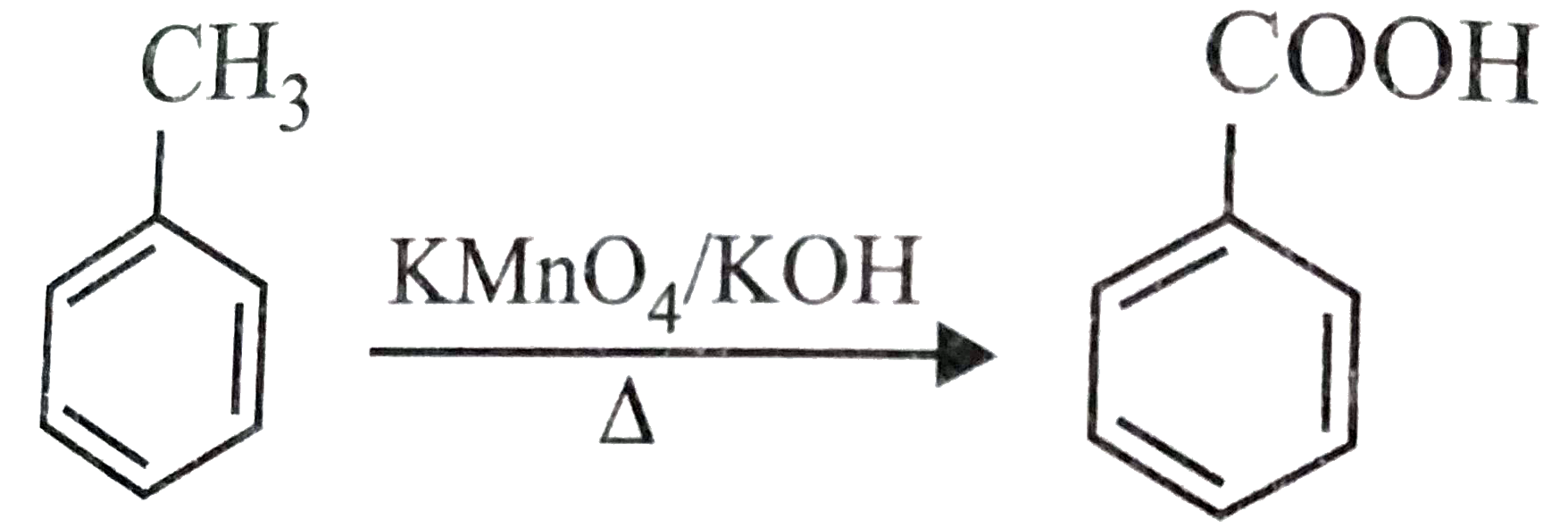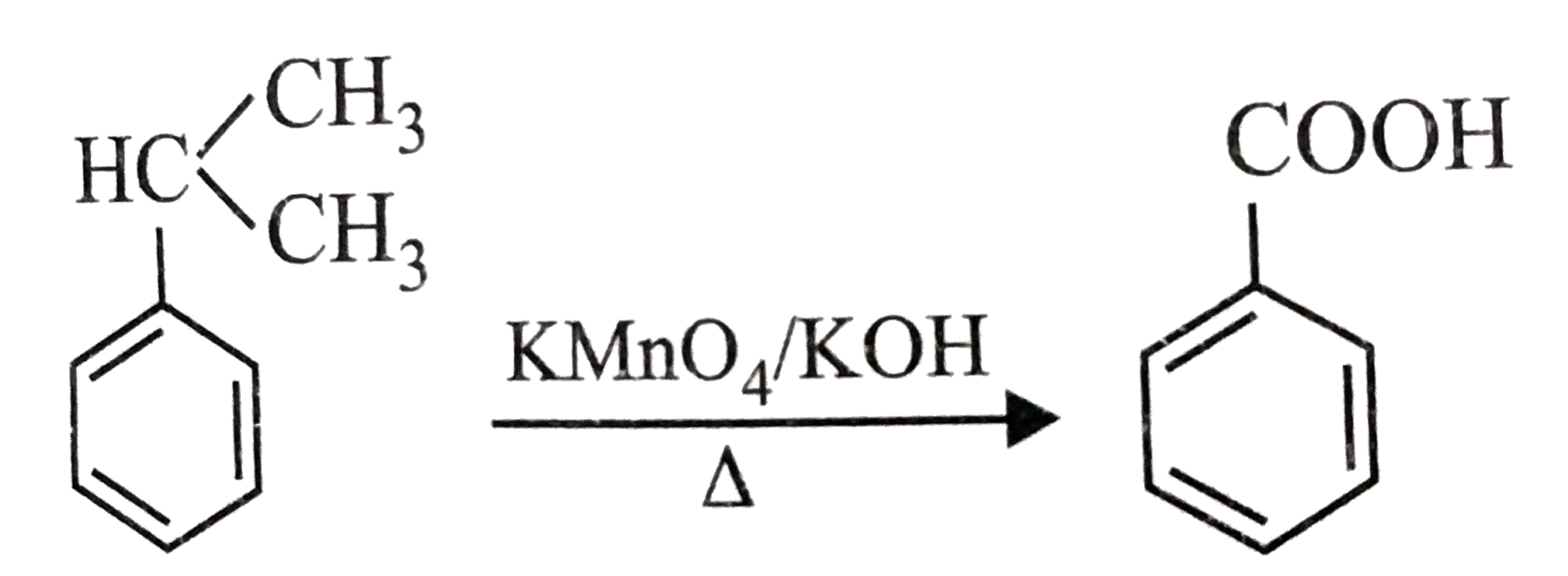On dissolving moderate amount of sodium metal in liquid ammonia at low temperature, which of the following does not occur ?
Blue coloured solution is obtained
ions are formed in the solution
Liquid becomes good conductor of electricity
Liquid ammonia remains diamagnetic
The correct Answer is:D
To solve the question regarding the dissolution of sodium metal in liquid ammonia at low temperature, we will analyze the reactions and properties of the resulting solution step by step.
Step 1: Understanding the Reaction
When sodium metal (Na) is dissolved in liquid ammonia (NH3), it reacts to form sodium ions (Na⁺) and ammoniated electrons (e⁻). The reaction can be represented as:
Na+NH3→Na++e− (ammoniated)
Step 2: Properties of the Resulting Solution
1. Formation of Blue Color: The ammoniated electrons are free electrons that can absorb certain wavelengths of light, leading to the characteristic blue color of the solution. This indicates that the solution is colored due to the presence of these unpaired electrons.
2. Paramagnetism: The presence of unpaired electrons in the ammoniated electrons makes the solution paramagnetic. Paramagnetic substances are attracted to magnetic fields due to the presence of unpaired electrons.
3. Conductivity: The formation of Na⁺ ions in the solution means that the liquid ammonia becomes a good conductor of electricity, as ions are mobile charge carriers.
4. Diamagnetism of Liquid Ammonia: Liquid ammonia itself is typically considered diamagnetic because it does not have unpaired electrons. However, when sodium is added, the solution's properties change due to the presence of ammoniated electrons.
Step 3: Identifying the Incorrect Statement
Now, we need to identify which statement does not occur based on our analysis:
- Option 1: Blue colored solution is obtained (True)
- Option 2: Na⁺ ions are formed in the solution (True)
- Option 3: Liquid NH3 becomes a good conductor of electricity (True)
- Option 4: Liquid ammonia remains diamagnetic (False)
Conclusion
The statement that does not occur is that liquid ammonia remains diamagnetic. Instead, the presence of ammoniated electrons makes the solution paramagnetic.
Final Answer
The correct answer is that liquid ammonia remains diamagnetic.
---
When sodium metal (Na) is dissolved in liquid ammonia (NH3), it reacts to form sodium ions (Na⁺) and ammoniated electrons (e⁻). The reaction can be represented as:
Na+NH3→Na++e− (ammoniated)
1. Formation of Blue Color: The ammoniated electrons are free electrons that can absorb certain wavelengths of light, leading to the characteristic blue color of the solution. This indicates that the solution is colored due to the presence of these unpaired electrons.
2. Paramagnetism: The presence of unpaired electrons in the ammoniated electrons makes the solution paramagnetic. Paramagnetic substances are attracted to magnetic fields due to the presence of unpaired electrons.
Now, we need to identify which statement does not occur based on our analysis:
- Option 1: Blue colored solution is obtained (True)
- Option 2: Na⁺ ions are formed in the solution (True)
- Option 3: Liquid NH3 becomes a good conductor of electricity (True)
- Option 4: Liquid ammonia remains diamagnetic (False)
The statement that does not occur is that liquid ammonia remains diamagnetic. Instead, the presence of ammoniated electrons makes the solution paramagnetic.
The correct answer is that liquid ammonia remains diamagnetic.
Similar Questions
Alkali metals oxide are obtained by combustion of the metals.Although Na normally gives Na2O2,it will take up further oxygen at elevated pressure and temperature to form NaO2.The per and superoxides of the heavier alkalies can also be prepared by passing stoichiometric amounts of oxygen into their solution in liquid ammonia.
The different alkali metal oxides can be distinguished by reaction with water.The superoxides reacts with CO2 and give oxygen gas.The stability of per and superoxides is based upon that larger cation can stablise larger anion, due to larger lattice energy.
Alkali metals dissolve in liquid ammonia.Dilute solutions are dark blue in colour but as the concentration increases above 3M, the colour changes to copper bronze and the solution acquires the metallic lusture due to the formation of metal ions clusters.The solutions of alkali metals in liquid ammonia are good conductors of electricity due to the presence of ammoniated cations and ammoniated electrons.However, the conductivity decreases as the concentrations increases, since ammoniated electrons and ammoniated cation associate.
On dissolving smaller (less than 3M) amount of sodium metal in
liquid ammonia at low temperature , which one of the following
does not occur ?
View SolutionWhich of the following reaction does not occur?
View Solution
Knowledge Check
Which of the following reactions does not occur ?
A B
B C
C D
D
This metal is a liquid at room temperature :
APotassiumBZincCGoldDMercury
This metal is a liquid at room temperature :
View SolutionThis metal is a liquid at room temperature.
View SolutionThis non-metal is liquid at room temperature :
View SolutionWhich of the following displacement does not occur:
View SolutionWhich of the following does not dissolve in water?
View SolutionName a metal which is liquid at room temperature.
View Solution
